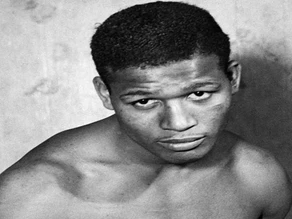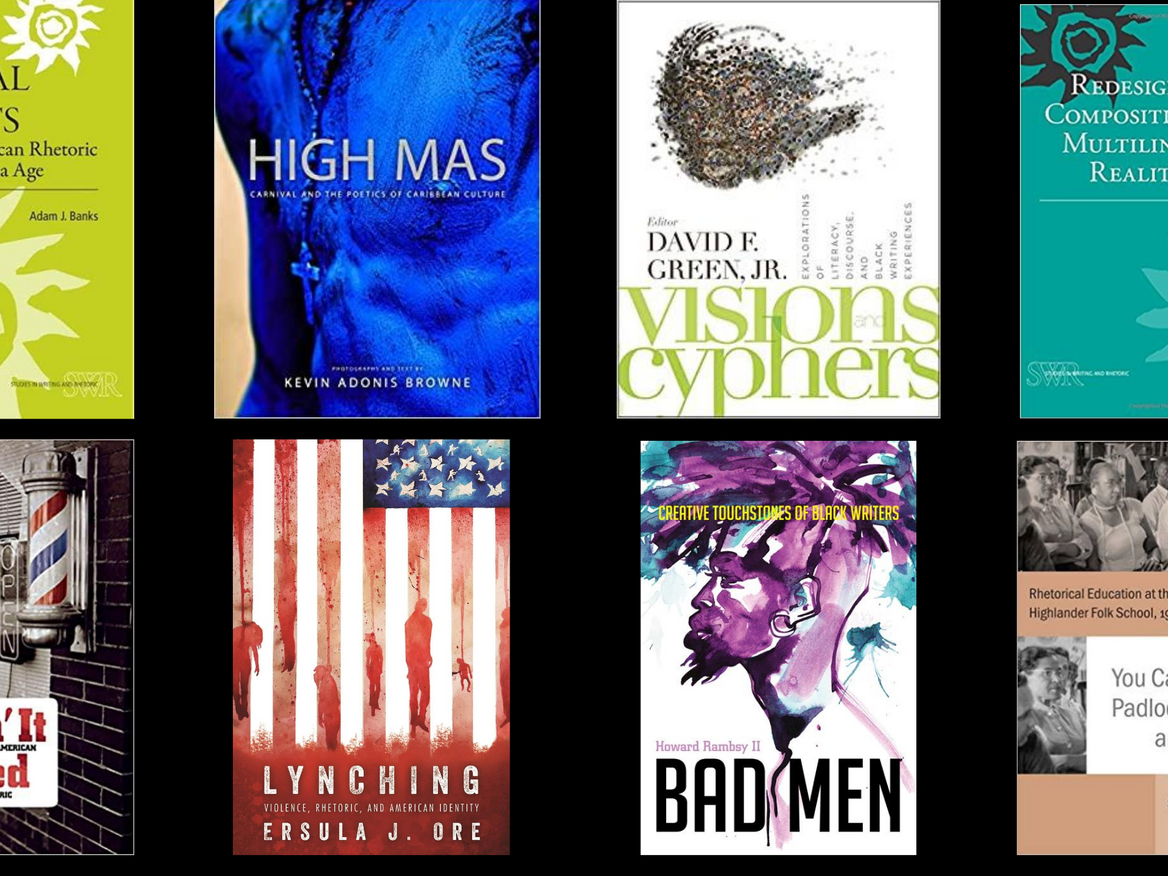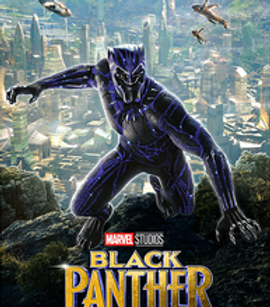Every knowledgeable boxing fan has Sugar Ray Robinson rated among the top 5 boxers who ever competed. Many consider him, pound for pound, to have been the best, having possessed an unmatched blend of speed, power, skill, and style. The outlines of his biography are familiar: Born Walker Smith, Jr. in Georgia, taken by his mother to Detroit while he was a child, on to New York by the time he was a teenager, acquired the name Ray Robinson after borrowing a card to participate in an amateur bout, dubbed “Sugar” by an observer because of how stylishly impressive he was in the ring, and victorious in 174 professional bouts.
He was the toast of Harlem. My father remembered him fondly and often reminded me that he was on the scene when the flamboyant Robinson brought Ray Jr. home from the hospital. Sugar Ray possessed musical ability on drums and piano, sat in with bands in his night club, danced a bit, and even toured with Count Basie.
But none of that gets Robinson on the Language Lane. What does, on the centennial of his birth, are literary connections.
Hughes, Twain, Ellison, and Murray
As did Muhammad Ali, another pugilist mentioned on the Lane so far, Robinson loved the poetry of Langston Hughes. It has been suggested that, like Ali, Robinson tried to live out the meaning of some of Hughes’s progressive verses. However, Robinson had a deeper personal relationship with Hughes himself. Hughes was a frequent visitor to Sugar Ray’s, Robinson’s night club on Seventh Avenue. Hughes also dropped in on Robinson’s training camp at Greenwood Lake, about fifty miles northwest of New York City. Often the talk between the two men revolved around Hughes’s efforts to get Robinson to act in one of his plays. In particular, he thought Robinson would be perfect for a role in Tambourines to Glory. It seems that Hughes, inspired by the work of the Russian director and producer Vesevold Meyerhold, who emphasized physicality, thought he could turn every boxer into an actor. In 1938, he cast the strapping Robert Earl Jones, a once-aspiring prizefighter and a former sparring partner for Joe Louis, as the lead in Don’t You Want to Be Free? Robinson didn’t appear in Tambourines, which ran on Broadway in 1963 with Louis Gossett Jr. in the role once envisioned for Robinson. But he did appear in several productions, including a television episode. He played Jim in a show based on the Duke and Dauphin scenes of Mark Twain’s The Adventures of Huckleberry Finn.
Perhaps more intriguing is the parallel to the celebrated prologue of Invisible Man. Ellison, a fight fan and also a visitor to Sugar Ray’s, wrote, “Once I saw a prizefighter boxing a yokel. The fighter was swift and amazingly scientific. His body was one violent flow of rapid rhythmic action. He hit the yokel a hundred times while the yokel held up his arms in stunned surprise.” Of course, Ellison could conjure up that scene without ever seeing Robinson fight. But if he needed a model of a swift, amazingly scientific, violent, and rhythmic boxer, he could not have done better than Sugar Ray. Unfortunately for the model boxer, he runs into trouble in Ellison’s prose, “Suddenly the yokel, rolling about in the gale of boxing gloves, struck one blow and knocked science, speed and footwork as cold as a well-digger’s posterior. The smart money hit the canvas. The long shot got the nod. The yokel had simply stepped inside of his opponent’s sense of time.” Of course, Robinson was never knocked cold. However, on April 16, 1952, two days after the publication date of Ellison’s novel, he suffered a flash knockdown at the hands of the slugger Rocky Graziano before knocking him out. Robinson biographer Herb Boyd writes provocatively, “For a moment, after Graziano had walloped Sugar, fans of Ralph Ellison, whose Invisible Man had just been published to great acclaim, might have wondered if he was the lucky yokel of Ellison’s imagination.”
Ellison had a hard time accepting that Robinson was that vulnerable. Fairly late in Robinson’s career, Ellison wrote to Albert Murray, “Somebody will have to whip Sugar Ray some day but I’ll go along with him because he is an artist and I’ll bet on grace and art when it’s coupled with strength before I’d ever bet on simple youth sans these.” Robinson lost his next fight, to Carmen Basilio, before beating Basilio in the next fight after that one.
Murray was also a friend and huge fan of Robinson. The fighter, retired for the first time at that point and on tour with Basie, spent a couple of days in Tuskegee with the future author. They listened to a Kid Gavilan fight on the radio; Murray wrote to Ellison that Ernest Hemingway would be jealous. Several years later, Murray wrote of a comebacking Robinson, “Say, what about that goddamned Sugar Ray! Now there’s a cat making ‘history’ in the Eubanks sense, meaning myth & ritual and all that hero stuff about the dying god of the repeating birth.”
Discipline and Genius
Wil Haygood, a second Robinson biographer, writes that artists and poets loved Robinson because “they sensed an originality, the celebration of discipline and genius.” I sense it also. So I guess I have to point to that record.
When I began following boxing in the early 1960s, I undervalued Robinson. He was losing to Gene Fullmer and Joey Giardello. Then Dick Tiger started whooping on Fullmer. Not taking into account that Sugar Ray was two months shy of forty when he lost to twenty-nine-year-old Fullmer (whom Ellison called a meathead) and forty-two when he faced Giardello, I couldn’t see why people considered him special. Only when I examined the early results did I get it. Through the age of thirty-one, when Robinson retired for the first time, he was 131-3-2. Overall, as Ellison and Murray might have noted, he had 24 victories over fellow hall-of-fame boxers, including a picture-perfect kayo of Fullmer in 1957, the outcome that so excited Albert Murray.
Happy 100, Sugar Ray.





